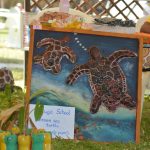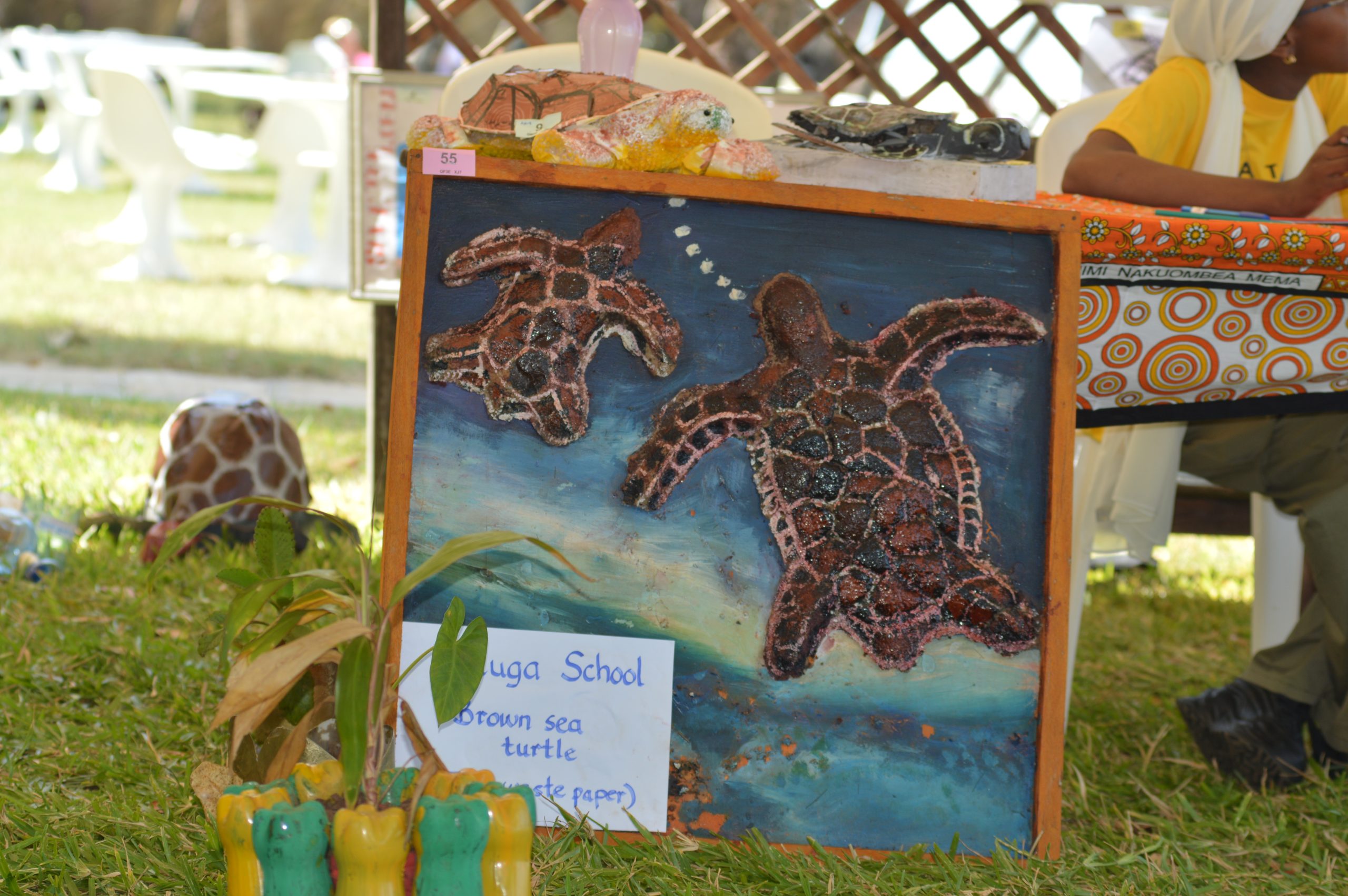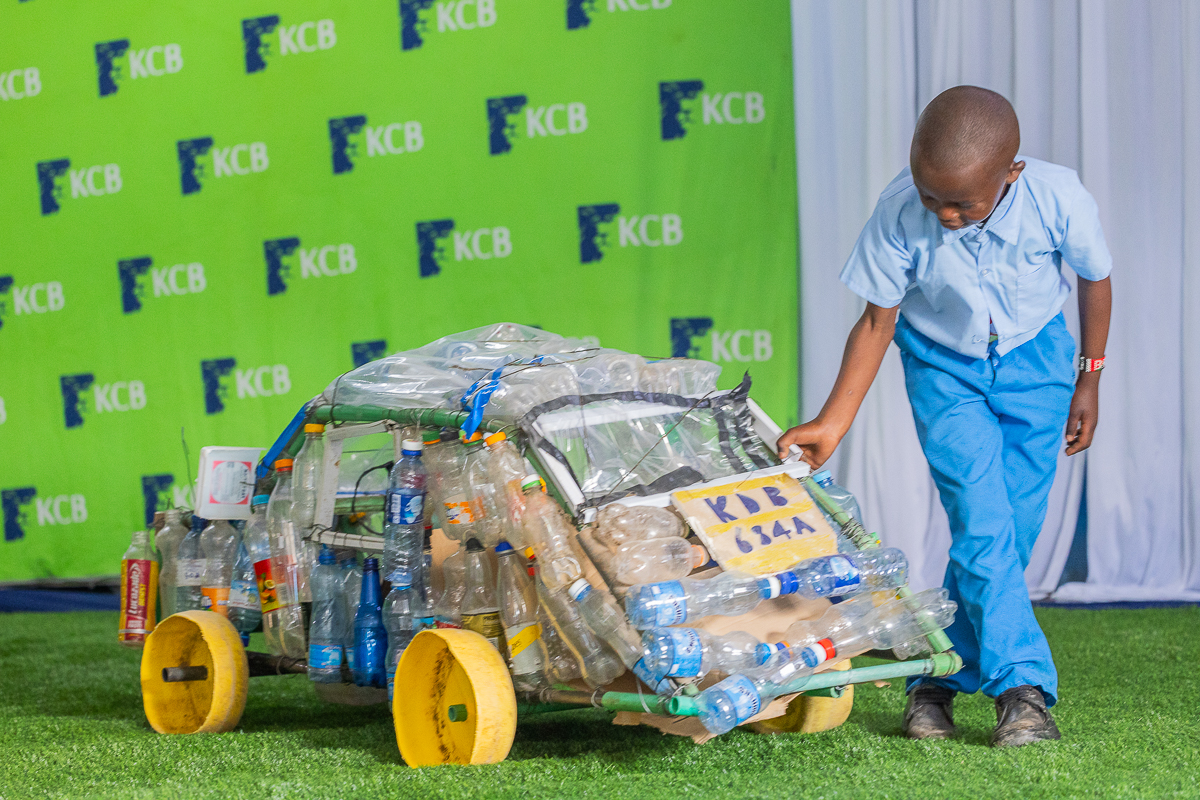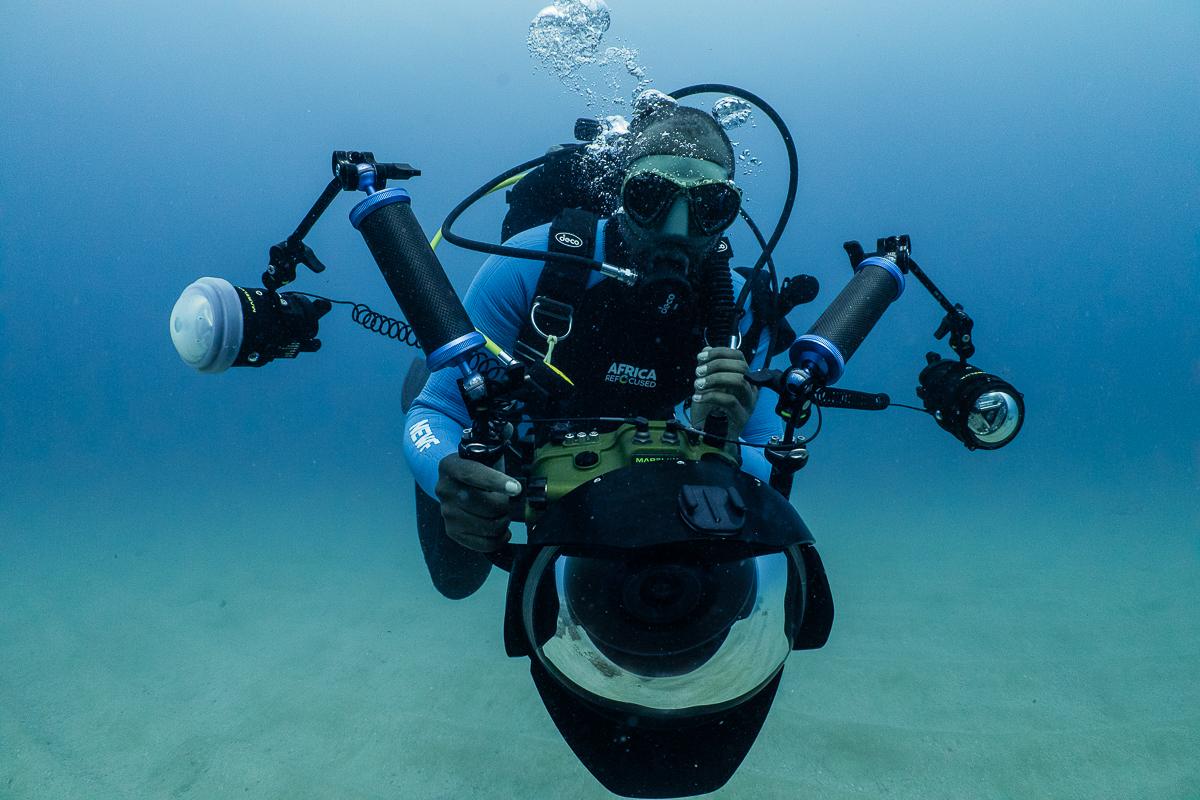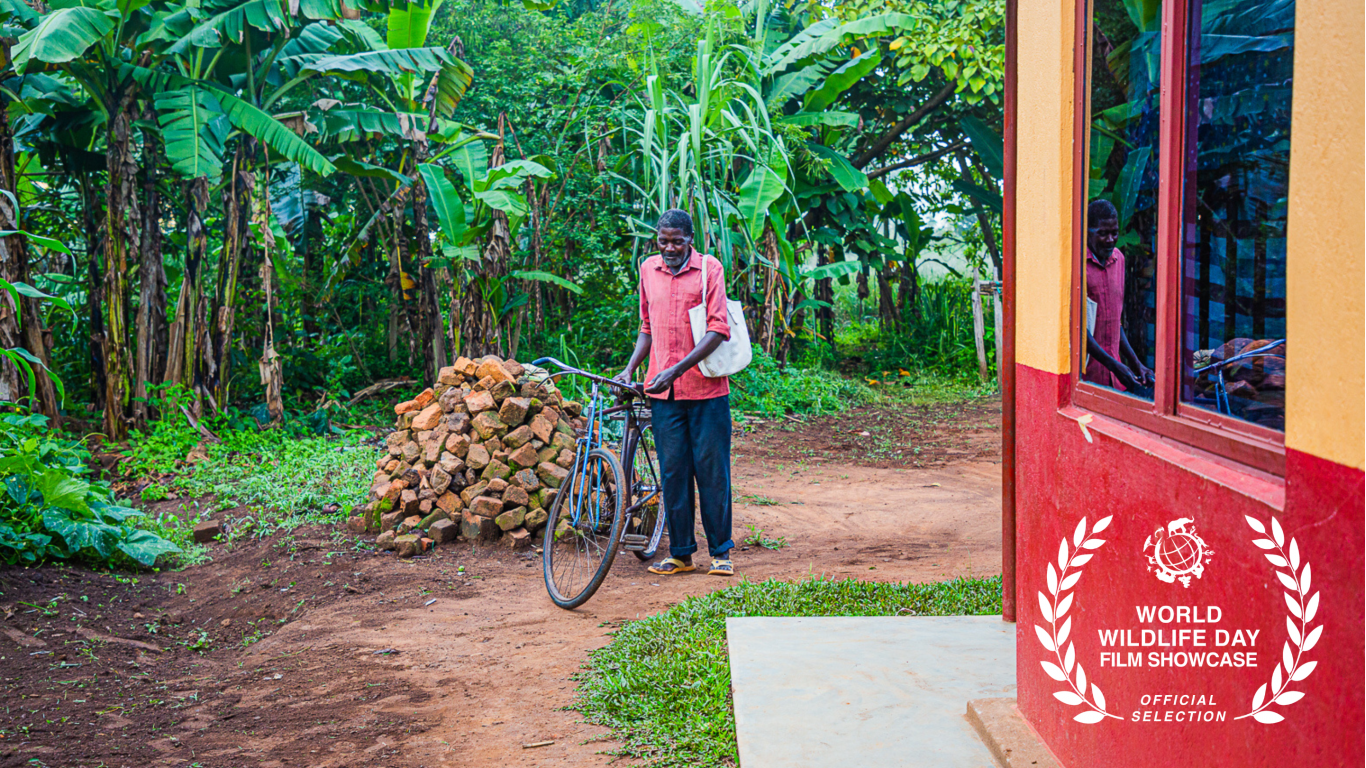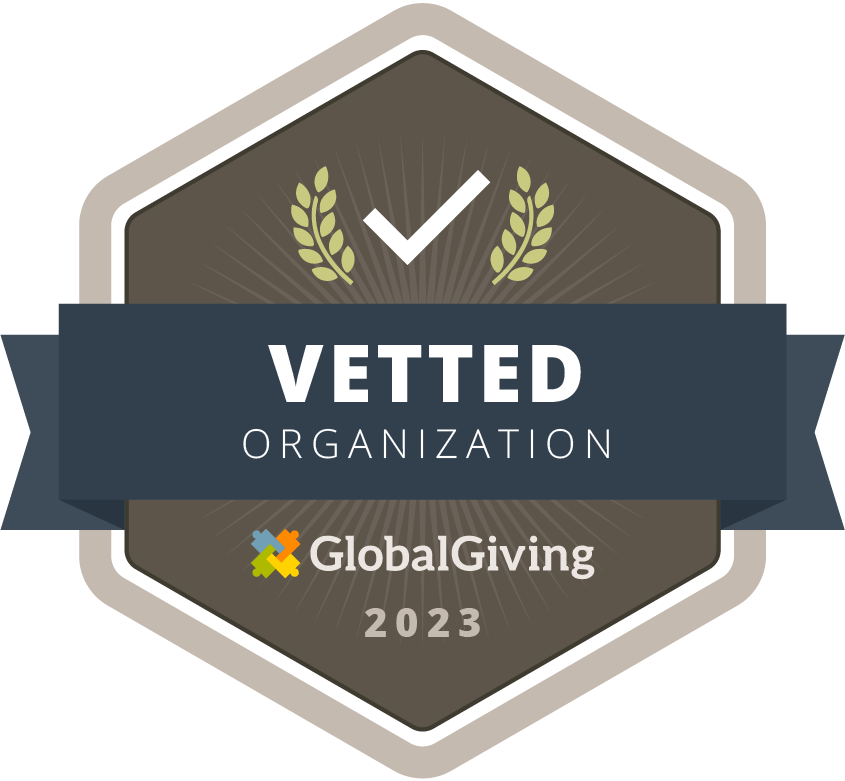We learned that monitoring biodiversity isn’t optional; it’s vital. It shapes policy, informs land use, and protects the urban green spaces we so often take for granted.
We didn’t have to travel far, just across the fence.
Yet in that short distance, we stepped into a world where Nairobi, the capital city of Kenya, and the green city under the sun, gives way to birdsong and the scent of grasses and trees hanging thick in the air. Here, lions roam beneath the silhouette of Nairobi’s skyline, and rhinos graze on the edge of civilization.
On Saturday, March 8, 2025, in celebration of this year’s World Wildlife Day (March 3rd), we embarked on an unforgettable ecological expedition to Nairobi National Park and the Giraffe Centre. The theme; “Wildlife Conservation and Finance: Investing in People and Planet”, was more than just a banner. It was a challenge.
The trip brought together 45 students from diverse tertiary institutions:
- Africa Nazarene University
- University of Nairobi
- Multimedia University
- KCA University
- Wildlife Clubs of Kenya – Centre for Tourism Training & Research
Among us were top observers from last year’s Great Southern Bioblitz (GSB), conservation enthusiasts, storytellers, and students eager to learn. We were joined by partners and professionals from Friends of Nairobi National Park, TonyWild Foundation, Biophilic Conversations, and the Giraffe Centre (AFEW Kenya).
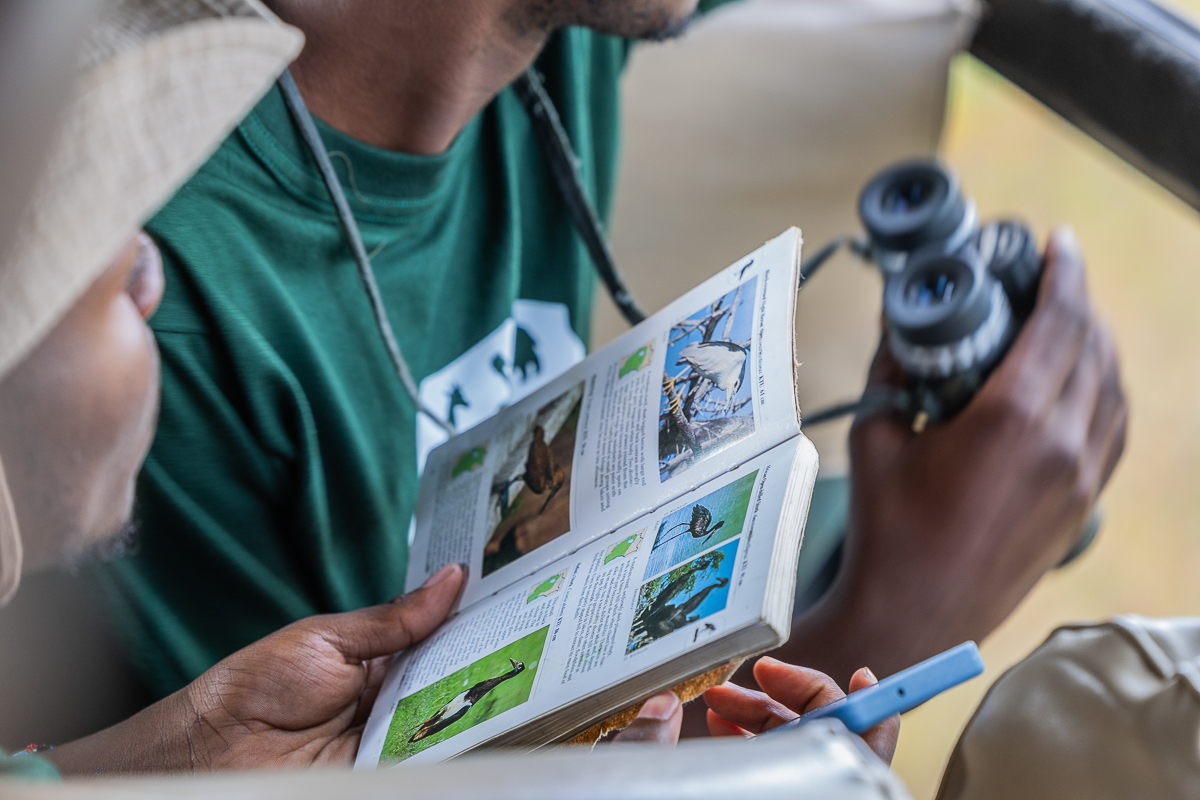
Through the Gates
As soon as the sessions began, it became clear; this wasn’t just another nature walk.
We were met by Felix Mutwiri of Friends of Nairobi National Park (FoNNaP), who briefed us passionately on the park’s unique position in a rapidly urbanizing landscape. He reminded us that Nairobi National Park, though wild and vast, exists in a fragile balance with the busy city.
We crossed the main gate and into the upland forest, where we had the birds welcoming us into the park. Here, we learned of the park’s rich ecosystems, which consist of grasslands, acacia woodlands, and wetlands.
Our first major stop: The Ivory Burn Site.
Three blackened piles. Ashes. A graveyard of greed and a monument to Kenya’s bold stand against the ivory trade. There was reverence in the air.
“We protect what we love, but we can’t love if we don’t connect.”
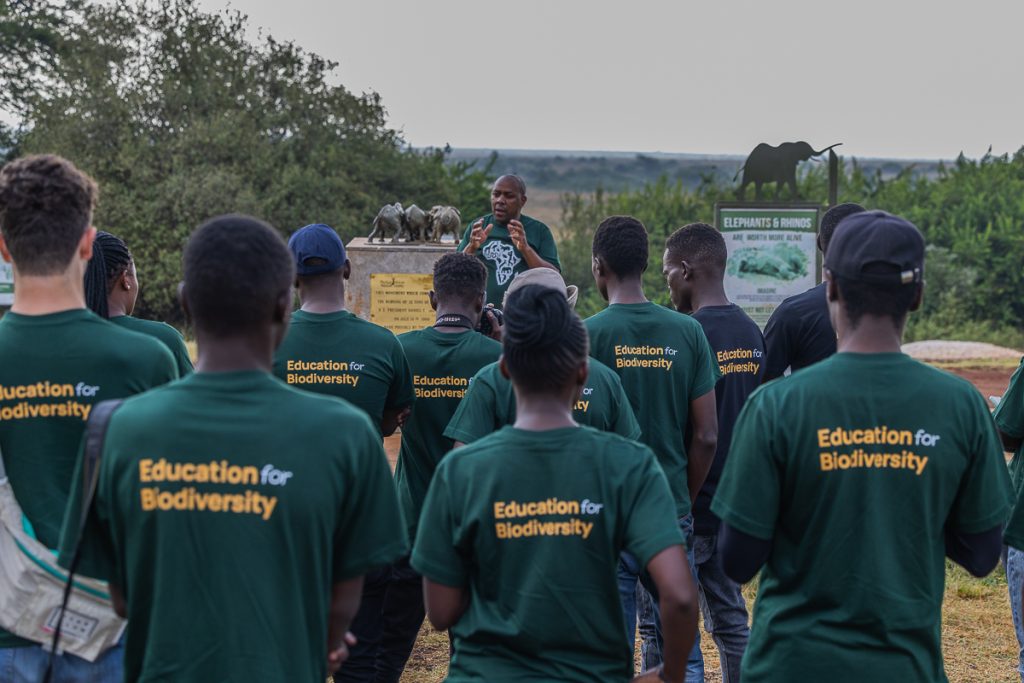
The Wild Awakens
As we continued deeper into the park, the world came alive. Herds of zebra, kongoni, impalas, and gazelles trotted across the open plains. A Secretary bird strutted purposefully in the distance.
We paused at Nagolomon Dam. Crocodiles basked lazily while grey herons, saddle-billed storks, and other birds floated gracefully above the water. The harmony of predator and prey, hunter and watcher, was on full display.
As the sun climbed higher, Anthony Ochieng Onyango, conservation photographer and founder and executive director of TonyWild Foundation, introduced us to the art of wildlife photography. Every frame became a lesson, not just in composition, but in conservation storytelling.
“As the H&E Club of MMU, we didn’t have to travel far—just across the fence—to experience the wonders of Nairobi National Park, where education for biodiversity came to life through breathtaking wildlife encounters, unforgettable lessons, and a renewed commitment to conservation.”
— Albert Rono, BSc. Computer Science – Multimedia University
Immersive Learning, On the Ground
This was no sightseeing tour. It was immersive education. For over three hours, we were guided by passionate facilitators:
- Felix Mutwiri (FoNNaP)
- Emmanuel Ngumbi, Victor Ratego, Harrison Mutuota (AFEW Kenya/Giraffe Centre)
- Anthony Ochieng Onyango, Tobias Odhacha, Mercy Chepsuge (TonyWild Foundation)
- Francisca Kasuku (Biophilic Conversations)
- John Henry (Africa Nazarene University)
They taught us how to identify species, observe animal behavior, and understand conservation priorities. We explored areas affected by recent fires, discussed the threats of invasive species, and reflected on habitat degradation; challenges worsened by unsustainable development and lack of advocacy.
We learned that monitoring biodiversity isn’t optional; it’s vital. It shapes policy, informs land use, and protects the urban green spaces we so often take for granted.
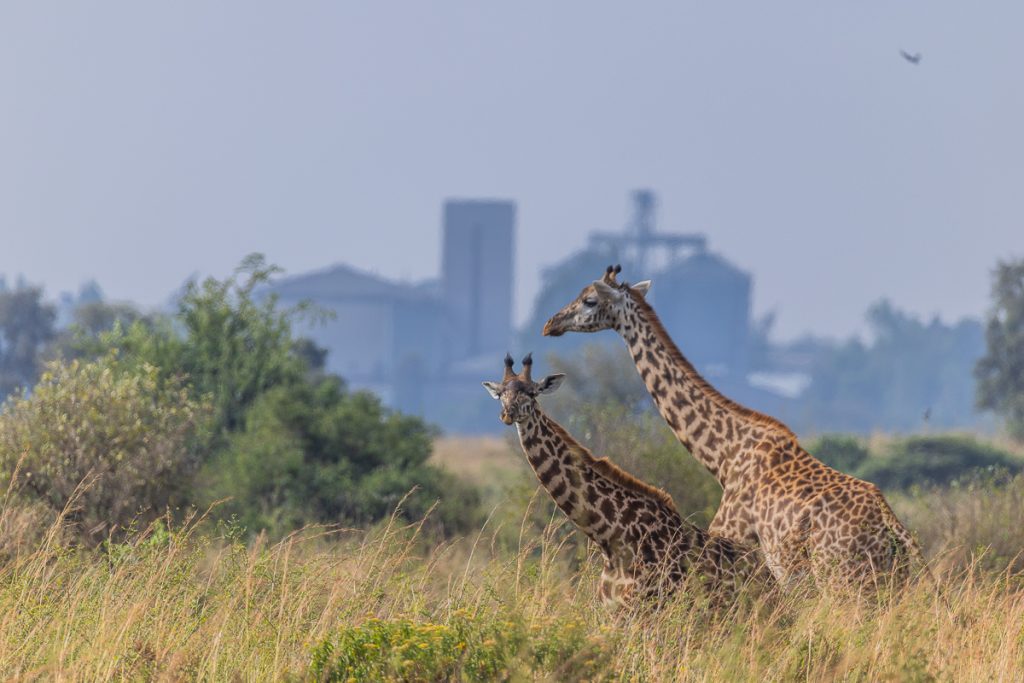
Lunch and Lessons at Hippo Pools
By midday, wildlife activity slowed. The heat had dulled their movements. We retreated to the shade of Hippo Pools Picnic Site for rest, reflection, and more photography practice.
Conversations grew deeper. Connections became personal. We weren’t just students anymore, we were becoming stewards.
Giraffe Centre
Our final stop was the Giraffe Centre, home to the endangered Rothschild Giraffe. Here, we delved into the giraffe conservation program, which focuses on captive breeding and rewilding efforts across Kenya’s national parks and conservancies.
We learned about Kenya’s other giraffe subspecies:
- Maasai Giraffe
- Samburu (Reticulated) Giraffe
Giraffes aren’t just tall and majestic, they’re keystone species, shaping ecosystems with every leaf they munch.
In the Centre’s hall, we closed the day with an interactive conversation:
- What is Citizen Science, and why does it matter?
- What are the opportunities for young people in conservation careers?
- How can we inspire community action and nature-positive futures?
The Spark Ignited
We wound up the day with a quick photo session, capturing not just faces, but a movement in motion.
We had seen, touched, felt, and learned. We had connected. And because we connected, we would protect.
To everyone who made this possible: TonyWild Foundation, Giraffe Centre, Friends of Nairobi National Park, Biophilic Conversations, our incredible facilitators, and the institutions represented, we say thank you.
We didn’t just go across the fence. We crossed into something deeper.
And we’re not coming back the same.
By Anthony Ochieng, Team Leader – 2024 GSB & 2025 Ecological Trip | Chairperson – WECANU, African Nazarene University and TonyWild Foundation Team
About TonyWild Foundation:
TonyWild is an African youth-led conservation organization whose focus is to promote conservation action by creating awareness of wildlife through photography, film, and science. We envision a generation that will influence sustainable natural resource management. We work towards this by educating and showcasing the beauty and importance of nature and wildlife.
Learn more about TonyWild here https://www.tonywild.co.ke/
Sign up for free class
It’s easy and free!

